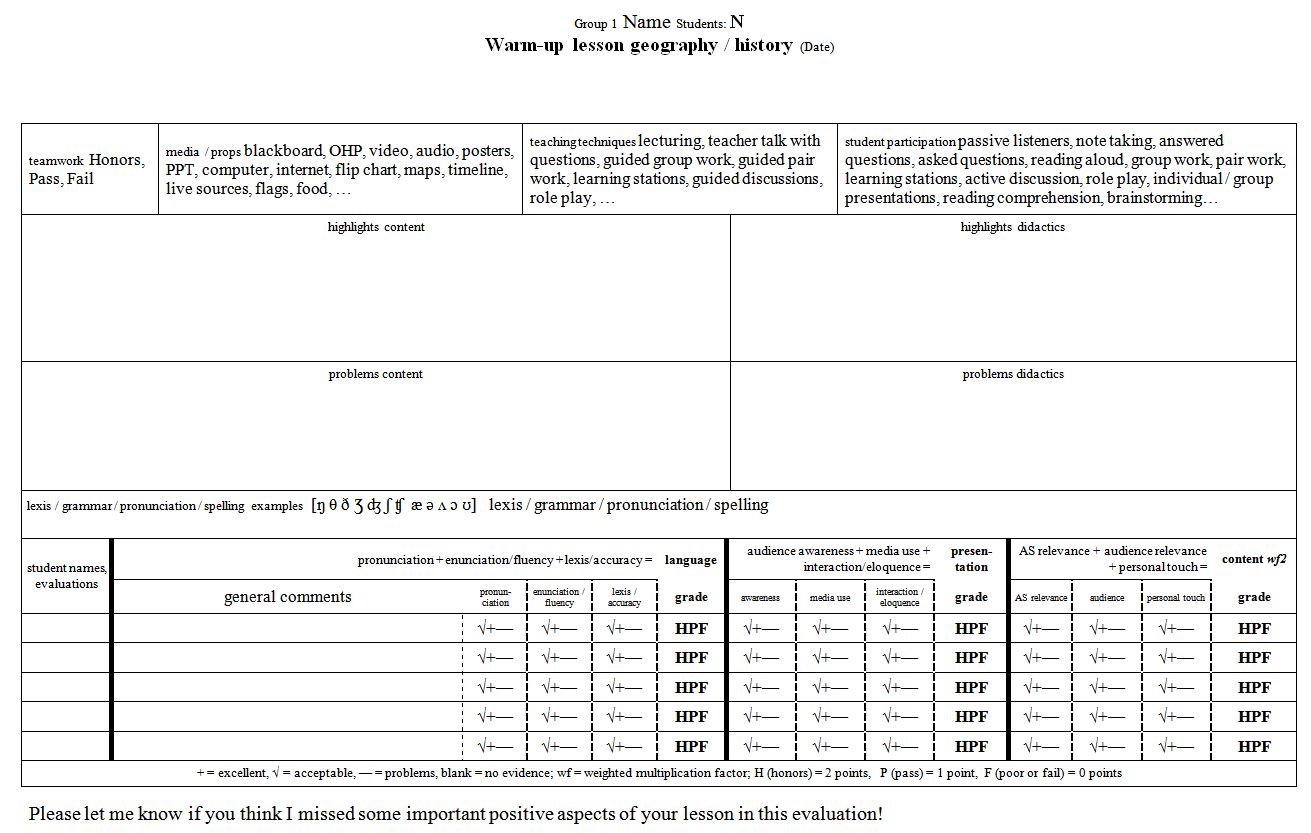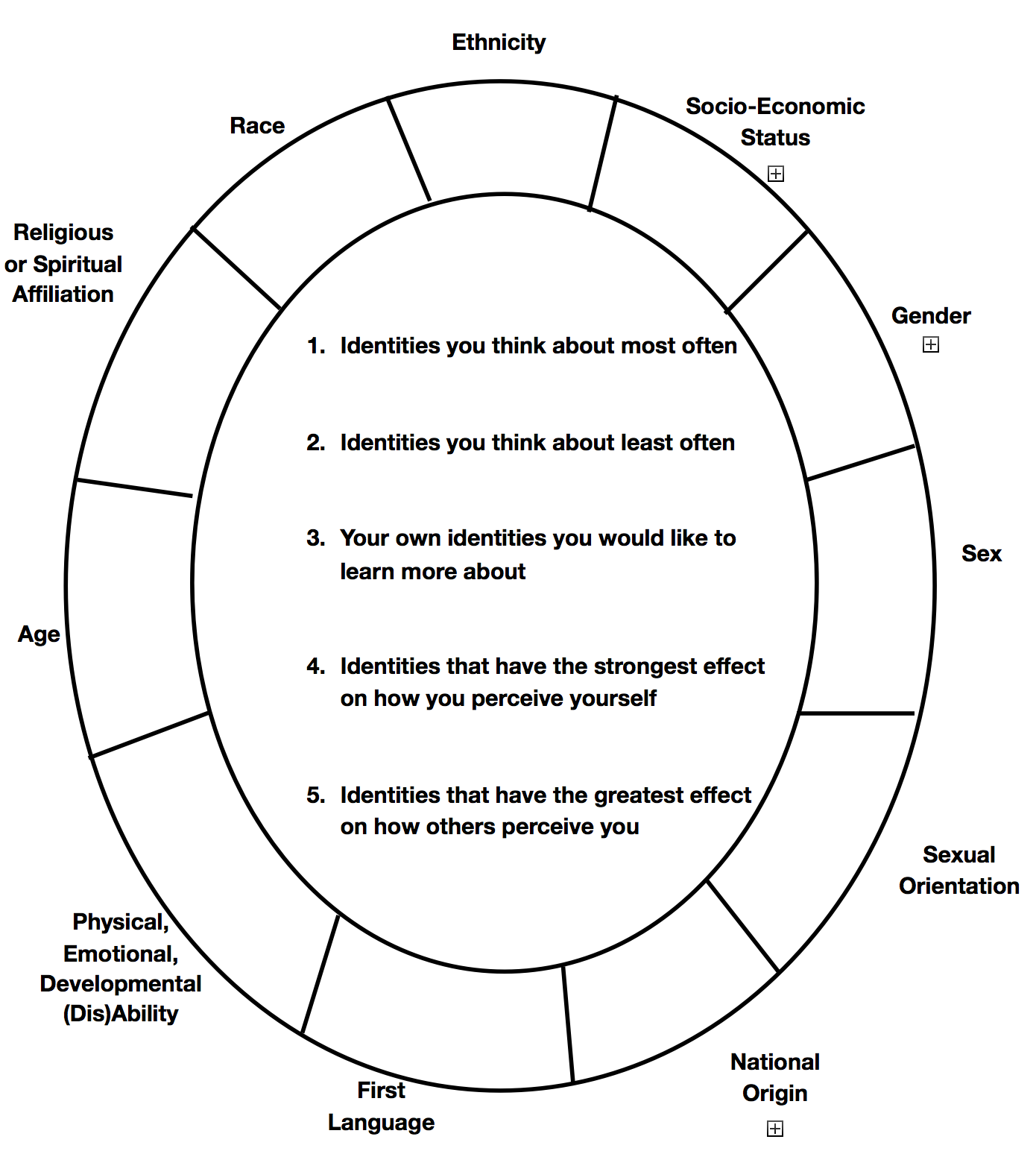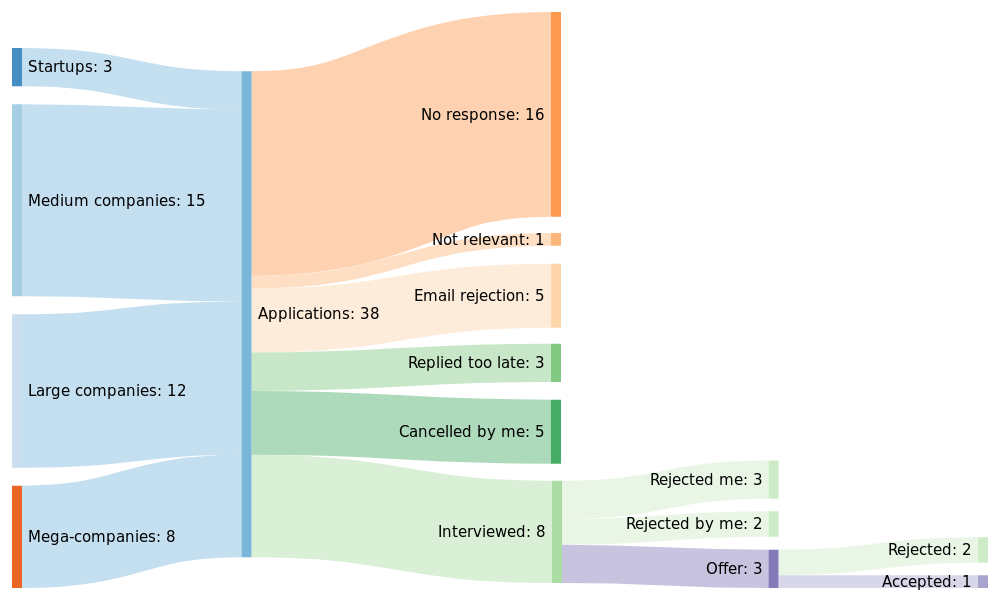
Eating Disorders Conclusion. Eating disorders are potentially life threatening, resulting in death for as many as 10 percent of those who develop them. They can also cause considerable psychological distress and major physical complications. Important relationships are eroded as the eating disorder takes up time and energy, brings about self-absorption, and impairs self-esteem. Treatment.

The rise of eating disorders, the constant portrayal of what is the perfect body image, and the unattainable beauty advertised, clearly shows that the media contributes to the incidence of eating disorders. Studies have shown the more television is introduced into a society, the more cases of eating disorders. Research has shown that a region isolated from the media can quickly become violated.

Eating Disorders in Today’s World Eating disorders are alive and well in today’s world and they are a major problem. An eating disorder can look like a few different things, ranging from a severe reduction of food intake to over eating to feelings of negativity towards your body shape or weight (Lehigh University). While some disorders can only be found in specific age groups, races, etc.

Eating Disorders Essay Examples. 210 total results. Anorexia Nervosa and Bulimia: Common Eating Disorders in American Women. 753 words. 2 pages. The Importance of the Issue of Eating Disorders. 857 words. 2 pages. An In-depth Description of the Life-Threatening Eating Disorder, Anorexia Nervosa. 1,499 words. 3 pages. An Introduction to the Issue of Eating Disorders Amongst Adolescents. 320.








